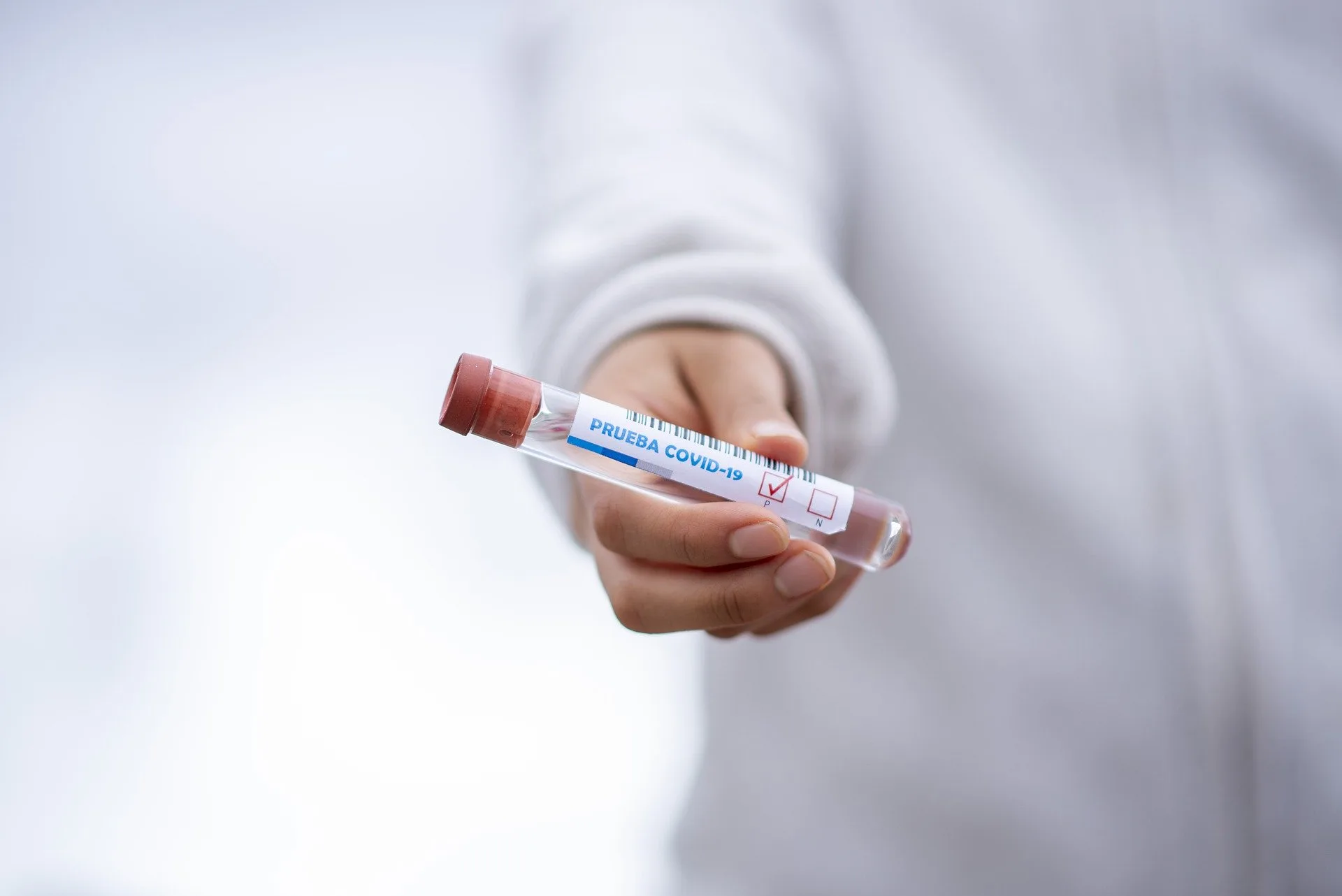The first report from the world’s largest home antibody testing programme tracking who has been infected by COVID-19 in England has today been published.
The study tracked the spread of infection across England following the first peak of the pandemic.
Over 100,000 volunteers tested themselves at home using a finger prick test between 20 June and 13 July to check if they have antibodies against the virus which causes COVID-19.
The findings indicate that 3.4 million people – 6% of the population – had already been infected by COVID-19 by 13 July 2020, with variations across the country.
People living in London were most likely to have been infected, as were those working in care homes and health care, and people from Black, Asian and other minority ethnic groups and people living in larger households.
It is the first mass antibody surveillance study to be rolled out across the country using a finger prick test that can be used by individuals at home if given approval in the future. Mass surveillance of antibodies in the population is vital to track the extent of infection across the country and identify differences between areas and different groups of the population.
While research showed several finger prick tests were accurate enough for large-scale surveillance studies to monitor the spread of COVID-19, no antibody fingerpick test has yet met MHRA criteria for individual use, which means none are currently approved for use outside of surveillance studies.
- In London, 13% of people had antibodies while in the South West of England it was less than 3%.
- The study showed high rates in those with people-facing jobs in care homes (16%) and health care (12%), compared to 5% of people who were not key workers.
- There were far higher rates in people from Black (17%), Asian (12%) and other (12%) than white (5%) ethnicity. Work is underway between the Department of Health, local Directors of Public Health and local authorities to understand and mitigate risks of transmission for BAME communities at a local level.
- Almost everyone with a confirmed case of COVID was found to have antibodies (96%).
- Those aged 18 to 34 were most likely to have antibodies (8%) with the lowest prevalence in those over 65 (3%).
- People living in the most deprived areas had higher antibody levels than those in the wealthiest areas (7% compared with 5%).
- People living in households of more than 6 or 7 people (12%, 13%) were more likely to have had the virus compared to those living alone or with one other (5%)
- People who smoked were less likely to have antibodies than non-smokers (3% compared to 5%).
- 32% of people reported no symptoms, and this was more common in people over 65 (49%).

This surveillance study will be repeated in autumn and will test a further 200,000 people for antibodies.
While some antibody tests require a larger sample of blood and for the sample to be sent back to a lab, these home antibody tests can be used at home, providing results in under 15 minutes and are more practical for use in large scale antibody surveillance studies. However, no LFIA are yet approved for home use outside of a research study.
Testing positive for antibodies does not mean you are immune to COVID-19. Currently, there is no firm evidence that the presence of antibodies means someone cannot be re-infected with the virus.
If someone tests positive for antibodies, they still need to follow national guidelines including social distancing measures, getting a swab test if they have symptoms and wearing face coverings where required.




